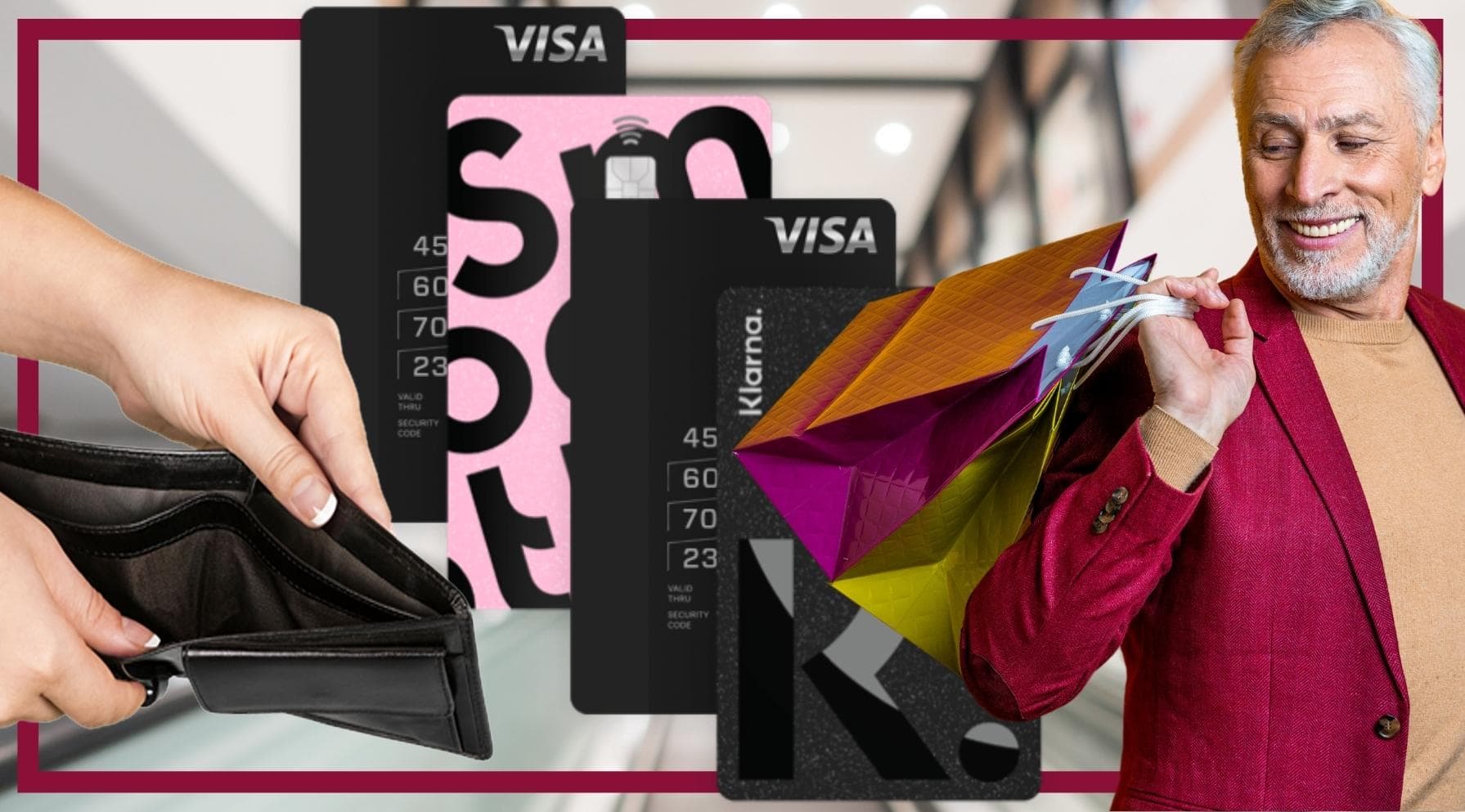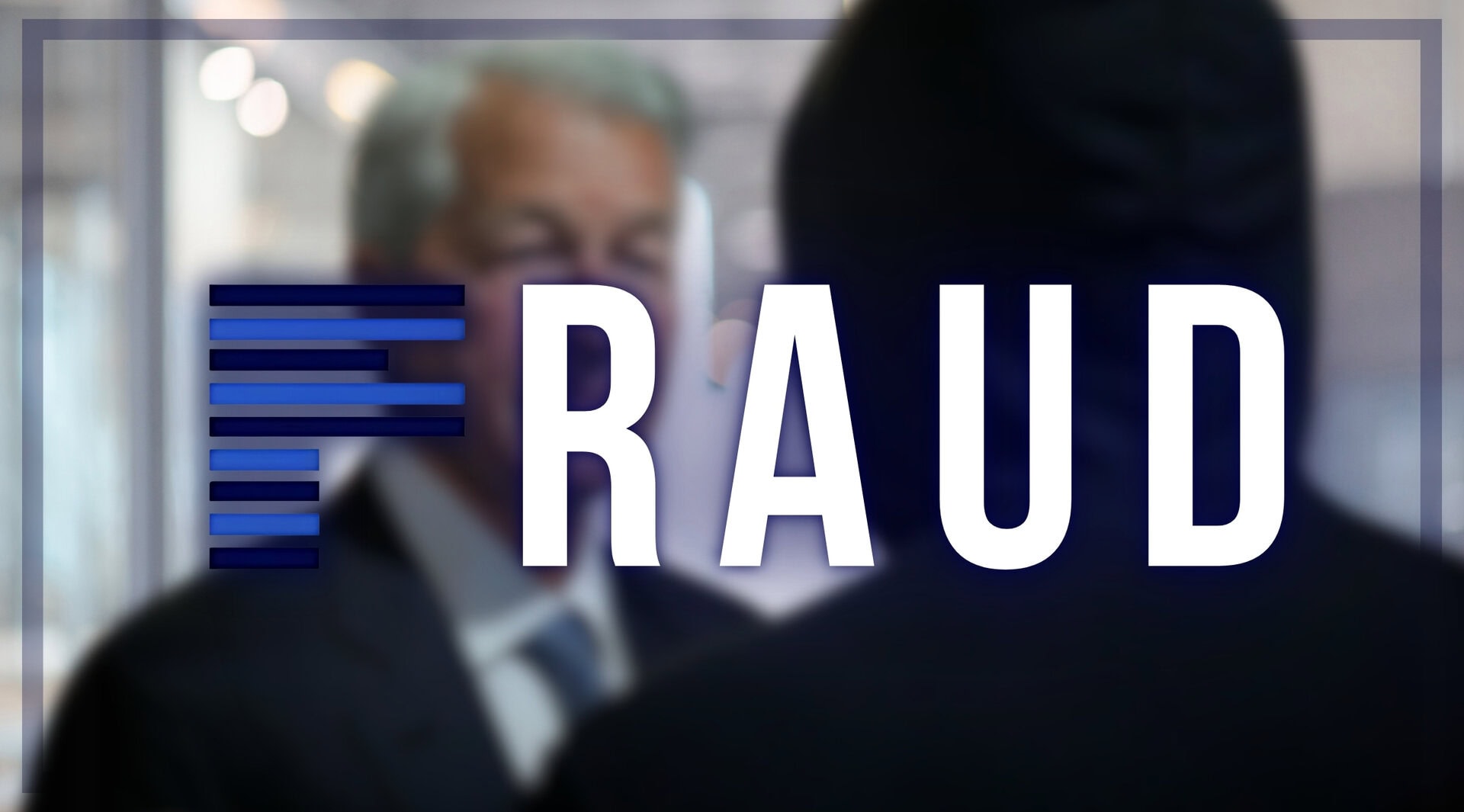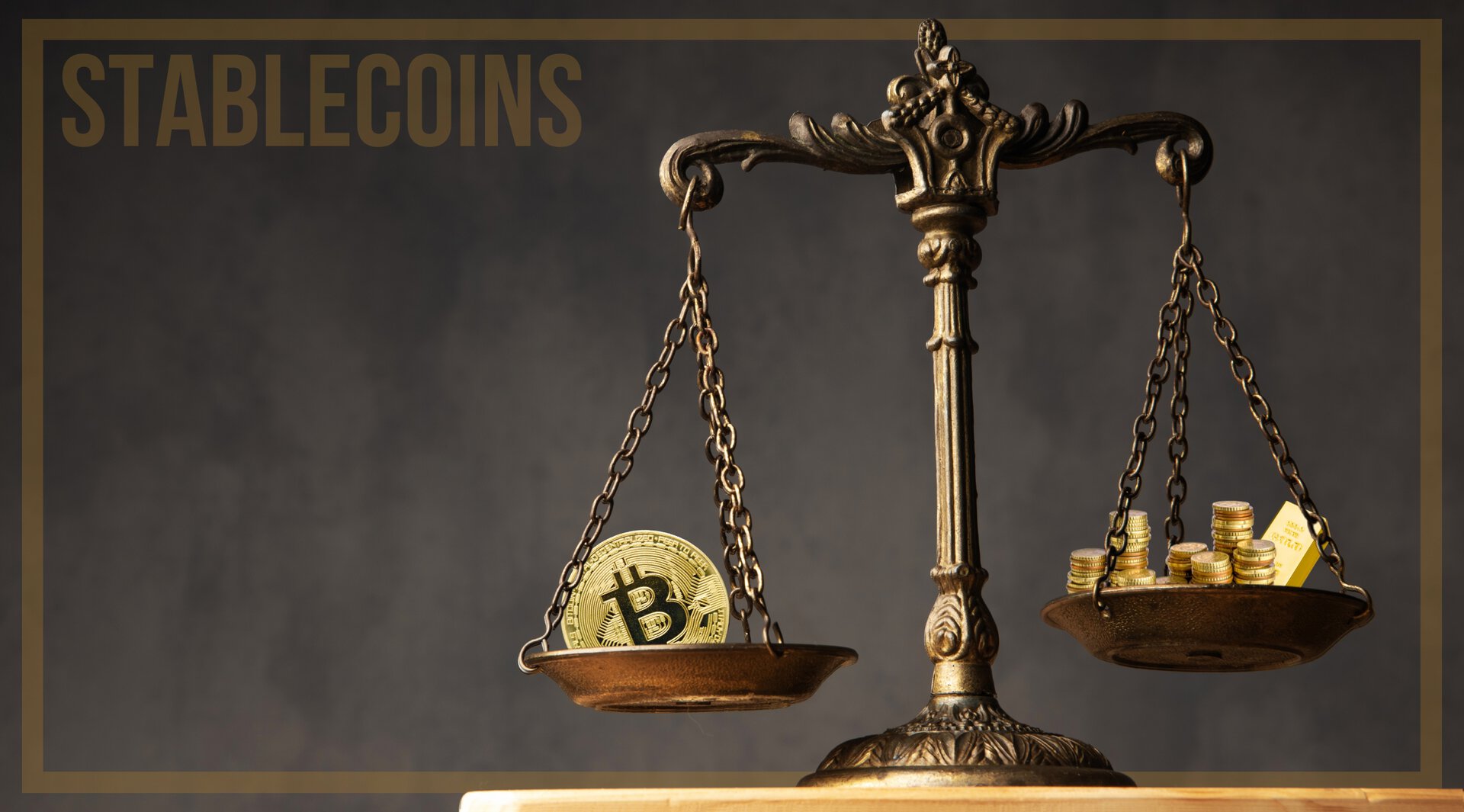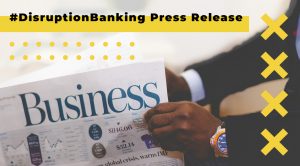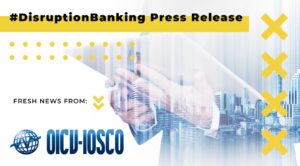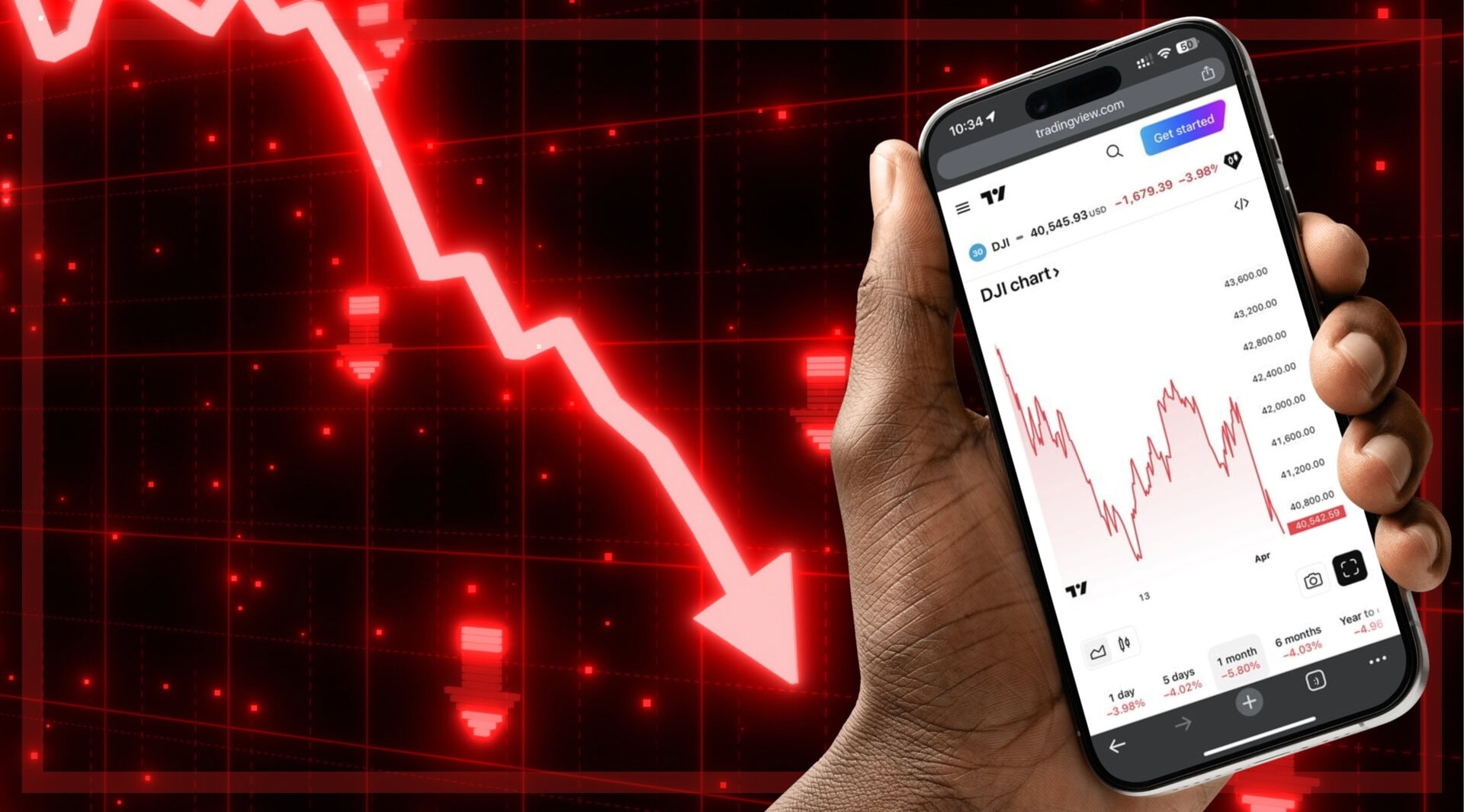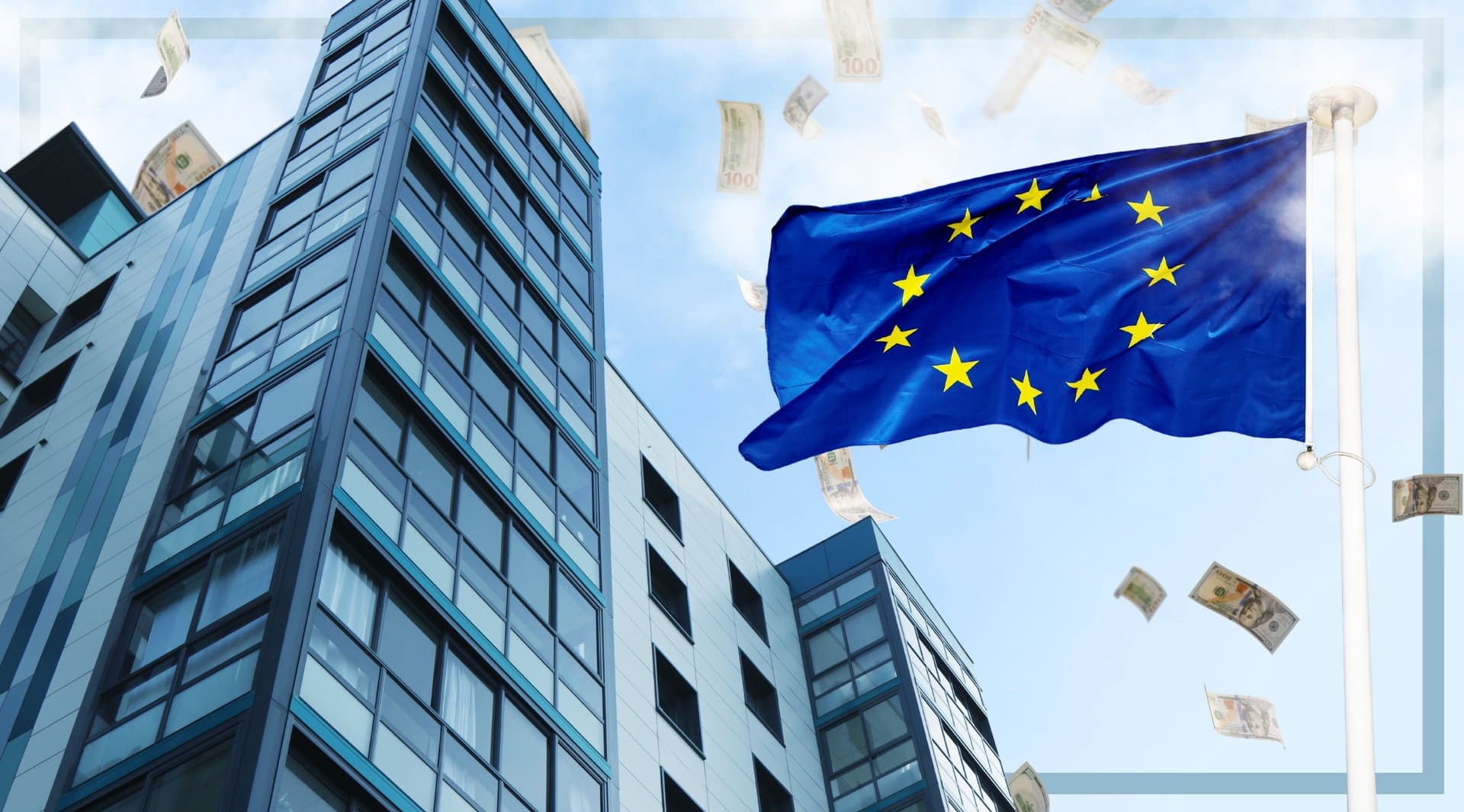One of the most significant developments in fintech has been the ‘Buy Now Pay Later’ (BNPL) trend. This refers to a form of interest-free credit that allows consumers to purchase goods in a number of instalments – most famously symbolised by Klarna’s “Pay in 3” slogan. Advocates of BNPL argue that this financing option is particularly useful in opening up credit for consumers that are ineligible for traditional credit cards or who live in countries with little credit-card acceptance. Given no interest is applied (BNPL companies make money by purchasing goods at wholesale prices, and offering them to consumers at the normal retail price) this is also a cheaper form of credit than is offered by banks and traditional financial institutions.
As a result of this, the space has seen significant growth. The largest provider, Klarna, was valued at nearly $46 billion in 2020 and in the same year, BNPL accounted for over 2% of global ecommerce transactions (just under $100 billion). Klarna has announced that it is launching its first physical card in the UK, which will allow consumers to delay payments for goods purchased at high street shops:
“Buy now, pay later” giant Klarna is putting further pressure on banks and credit card firms by launching its first physical card in the UK.
— Capital Moments (@CapitalMoments) January 26, 2022
The card will allow customers to delay payments for up to 30 days when used at high street shops.https://t.co/AKsqoZ2o1Z pic.twitter.com/FmFyc2mWyO
However, this space remains largely unregulated. There are many critics of such schemes, who suggest that consumers are persuaded into making purchases that they would not otherwise make and cannot necessarily afford. This time last year, we saw concerns of a “Christmas debt time bomb,” with 44% of shoppers fearing they would be unable to pay off BNPL bills. These are concerns that Jens Bader, CEO of Berlin-based payments business Funanga shares. Commenting on Klarna’s launch of a payment card, Jens offered the following reaction to DisruptionBanking:
“The Klarna card could become a dangerous piece of plastic. Buy Now Pay Later creates unhealthy customer behaviour and drives people into financial distress. This is the business model and I’m deeply concerned that the BNPL trend is making its way into day-to-day physical payments, as well as online purchases. This card will appeal to impulse-driven customers, people who want to buy things that they cannot really afford and probably do not need. It enables them to do so easily and immediately, with a single payment.
“Many BNPL users do not realise the schemes are a form of credit or debt. This means they are opting into a product under a false pretence. It begs the question as to whether these consumers are being misled. Customers could be credit checked when opting for a BNPL service, this means credit rating agencies (such as Schufa in Germany) would frequently be checking on customer’s credit worthiness. Every check that influences the algorithm leaves a mark on the customer’s file. Most people are completely unaware and I believe many people would stay away from such services if they knew that they entered into a debt service.
Call for urgent regulation of UK’s buy-now-pay-later lenders https://t.co/XxeR1hpLte
— Guardian Money (@guardianmoney) November 23, 2021
“I think it is irresponsible with regards to financial education of teenagers and young adults, who are increasingly told they can buy things that they cannot really afford. I wouldn’t be surprised to see them disarmed in H2 – similar to how payday loan companies like Wonga became the subject of extreme scrutiny after initial success. The simple fact is that we cannot treat credit as a payment service. BNPL brands are lending products and should be regulated as lending products. I accept merchants extending credit to their customers based on hard facts, but not payment products doing so regardless of who a customer is and what they are buying. BNPL is a largely unregulated service. In reality, providers should fall under the same regulation as loan providing/lending businesses. Taking over someone’s immediate liability to pay an amount to a merchant is not really a “payment option”. It is, at that moment, a lending process. As such the corresponding rules and regulation should apply – but they do not.”
Klarna has defended itself from similar accusations. In a recent press release, the company claimed it had conducted research showing that “default rates across all consumers remain much lower than the credit card industry,” with “well below 0.5%” of female consumers and around 1% of male consumers missing payments. As they also claimed, “On average, it takes just 38 days for Klarna consumers to completely repay purchases across both these products, reflecting the short-term nature of these products and the fact that many consumers make early payments.” Its website emphasises its commitment to transparency when it comes to fees and potential credit rating implications, which all consumers should understand before using the service.
It is certainly true that some consumers do not fully understand the consequences of using BNPL services. As Jens highlighted, BNPL is not a cost-free way of structuring purchases but is a form of debt, while there is also some evidence that BNPL encourages consumers into impulsive purchases – which this physical card may exacerbate. While it must be emphasised that innovation in this space has brought some considerable benefits to consumers, sound consumer protection rules should also be brought forward to ensure that we do not end up seeing “another Wonga.”
Author: Harry Clynch
#BNPL #FinTech #Klarna #Credit #Ecommerce #Regulation #Payments #Debt #ConsumerProtection


